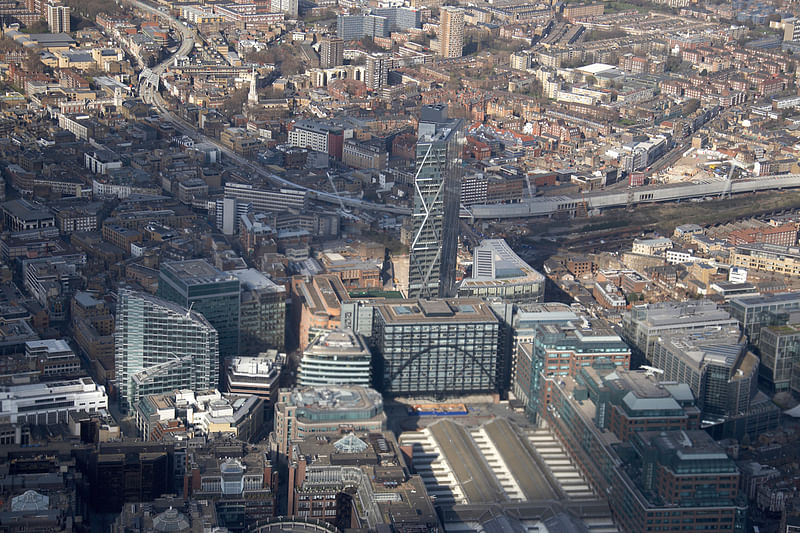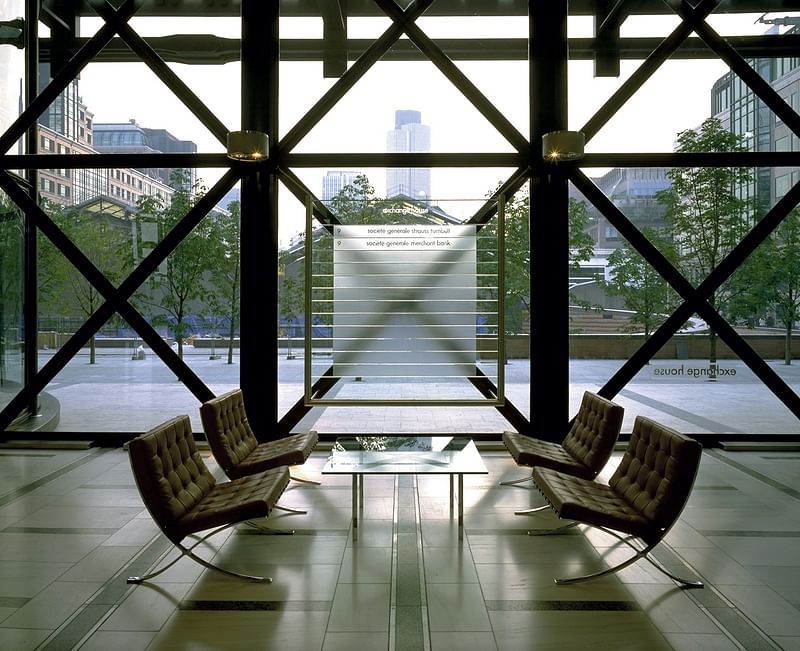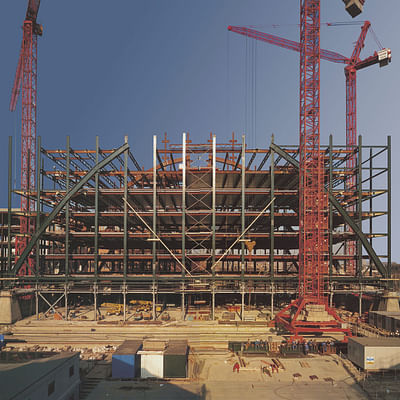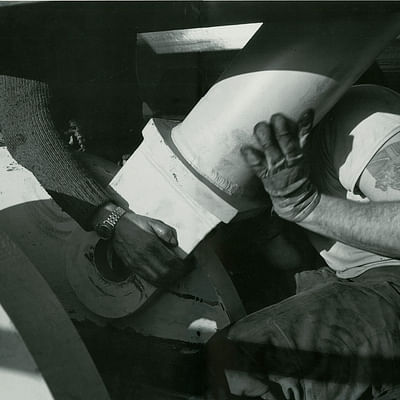A closer look at SOM's AIA Twenty-Five Year Award-winning Broadgate Exchange House
By Bustler Editors|
Tuesday, Jan 13, 2015

Related
Skidmore, Owings & Merrill continues its track record of winning AIA awards. Not only did the firm recently win for two projects in the 2015 AIA Institute Honor Awards' Architecture and Urban Design categories, they also received the 2015 AIA Twenty-Five Year Award for their Broadgate Exchange House office building in central London -- the firm's sixth project to win the award.
Since 1969, the Twenty-Five year Award recognizes a completed building that has continued to convey architectural design excellence in the past 25-35 years. SOM will be presented with the award this May during the 2015 AIA National Convention in Atlanta.
Scroll down to dig into the project details.
"Exchange House’s site marked the final piece of developable land within the City of London during the financial 'big bang' in the 1980s. The city’s medieval street pattern limited space to develop office buildings with large financial trading floors even as demand for this emerging typology was on the rise. However, a space carved out by the rail infrastructure that serves Liverpool Street Station provided a prime open area for development."

"The dense crossing of railway lines and lack of opportunity to place structure between the lines made the site challenging. As one of the last remaining areas for development at Broadgate, SOM was able to envision an opportunity to resolve these challenges through a holistic approach encompassing architecture, engineering, and masterplanning."

"As the centerpiece of the Broadgate development, Exchange House occupies the most challenging location of all the plots created over the rail lines. The structural and architectural solutions for this development were entirely intertwined, embracing the constraints of the site and using them to fuel a clear, elegant solution that dramatically overcomes the challenges beneath it."

"The building is suspended over the rail lines below via four, seven-story tied arches that bridge 78m (256ft). Only 5% of its footprint touches the ground."

"The centrally located lift core, fire stairs, and even the lobby are suspended from this bridge structure, touching the plaza beneath it out of necessity for access rather than support."

"Aesthetically, the innovative structure was pulled outside of the building’s skin and left exposed to reveal the arches and their refined connection details. Its dark color heightens the contrast between the building’s two components, its structural frame and its glistening glass enclosure suspended within it. In elevation, light and shadows help to further this expression."

"By elevating the building the opportunity to bring an open space beneath was created, connecting Exchange Square to the south to Primrose Street to the north. It was possible to create the plaza by threading small columns through the rail lines below on an irregular spacing. This porosity of the ground level not only generated the largest civic space within the City of London, but also established Exchange House as the gateway to the development."

"Today, the civic space is framed by Exchange House and is an essential point of decompression in an otherwise densely populous part of the City, with restaurants, bars, event, art and seating areas keeping the square hugely popular year round. Similarly, the building’s dramatic response to the site’s constraints and its harmonious relationship with the Victorian engineering of Liverpool Street Station’s roof structure keep its design as relevant today as in 1990 when the building was completed. The success of Exchange House has hinged on its honesty and integrity in overcoming the challenges of the site and embracing the architectural and engineering response to these constraints."
Photos and project text courtesy of SOM.
See more projects photos in the thumbnail gallery below.







Share
0 Comments
Comment as :